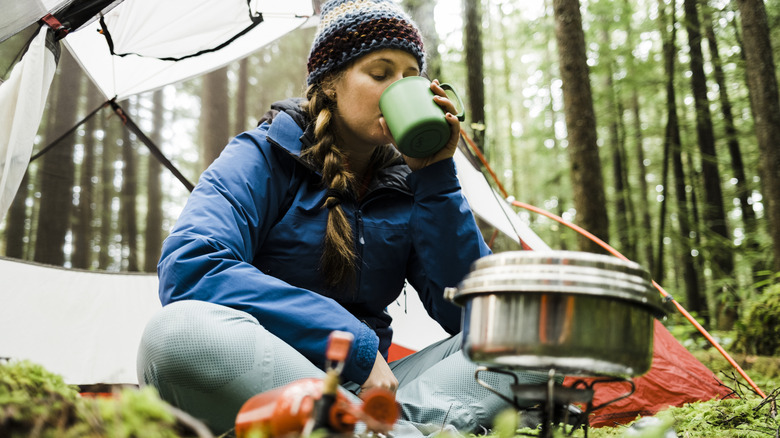The Importance of Smart Packing for a Successful Camping Trip
A successful camping trip requires more than just enthusiasm and a tent. It demands careful planning, attention to detail, and thoughtful packing. One of the most critical aspects of preparation is knowing what to bring—and what to leave behind. From choosing the right clothing for the season to selecting appropriate cooking tools, every item you pack plays a role in ensuring a comfortable and enjoyable experience.
When it comes to food storage, the decision of what containers to use can have a significant impact on both your safety and the environment. Many campers opt for plastic containers because they are lightweight, affordable, and transparent, making it easy to see what’s inside. However, this convenience may come at a cost. Single-use plastics can leach harmful chemicals into food and often end up as litter, polluting the natural spaces that make camping so appealing.
The Risks of Using Glass Containers While Camping
For those looking for an eco-friendly alternative, glass or ceramic containers might seem like a better choice. These materials are non-toxic, durable, and often allow visibility of their contents. They can also provide a sense of comfort by bringing a bit of home into the wilderness. However, using glass containers while camping can actually be counterproductive.
Glass is fragile and adds unnecessary weight to your backpack. If a glass container breaks, it can create a mess, potentially ruining your food and posing a risk of injury from broken shards. In remote locations, where access to supplies is limited, a broken container could mean going without a meal, which can quickly turn a fun adventure into a stressful situation.
Even with the utmost care, accidents can happen. A container might slip from your hand, shatter on the ground, or attract wildlife that could later stumble upon the remnants. Additionally, clear glass can act as a magnifying lens, focusing sunlight and potentially starting a fire under the right conditions. While rare, such incidents have occurred, making it wise to avoid leaving any trace behind.
Eco-Friendly Alternatives to Glass and Plastic Containers
Thankfully, there are several sustainable and practical alternatives to consider. Stainless steel containers, such as those from brands like GreenLunch Bento, offer durability and reusability without the risks associated with glass. Silicone bags and dishes are another excellent option, especially since they are often collapsible, saving valuable space in your pack.
Aluminum foil and parchment paper are also great choices for food storage and cooking. Both are reusable and recyclable, making them environmentally friendly options. These materials can help you prepare meals efficiently while minimizing your impact on the natural surroundings.
Expanding Your Culinary Options While Camping
Once you’ve selected the right containers, it’s time to think about your meals. While s’mores and hot dogs are popular choices, there are countless other camping recipes that can elevate your experience. From hearty stews to portable salads, experimenting with different dishes can add variety and excitement to your outdoor adventures.
By making informed choices about your packing and food storage, you can ensure a safer, more enjoyable, and more sustainable camping trip. With the right tools and a little creativity, you’ll be well-prepared to make the most of your time in nature.







